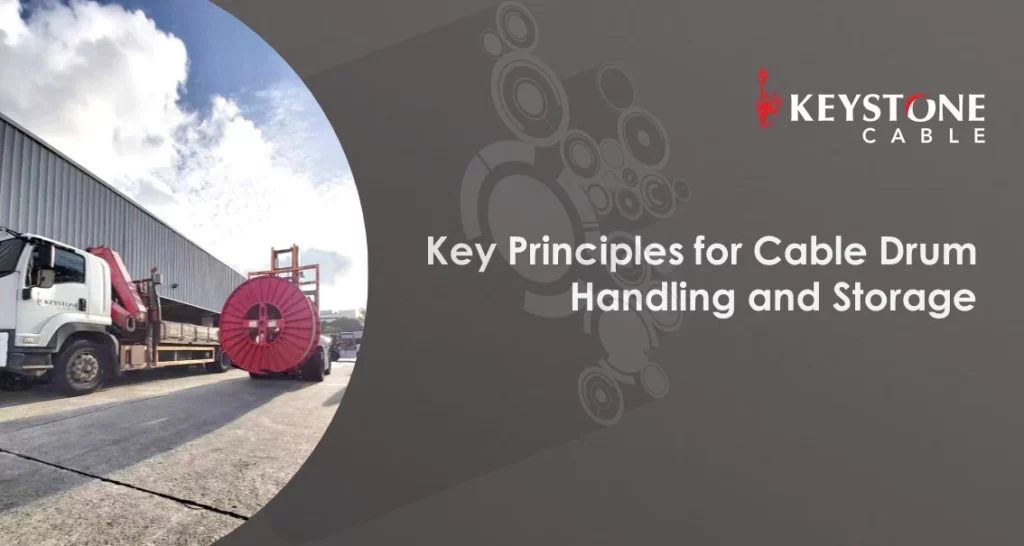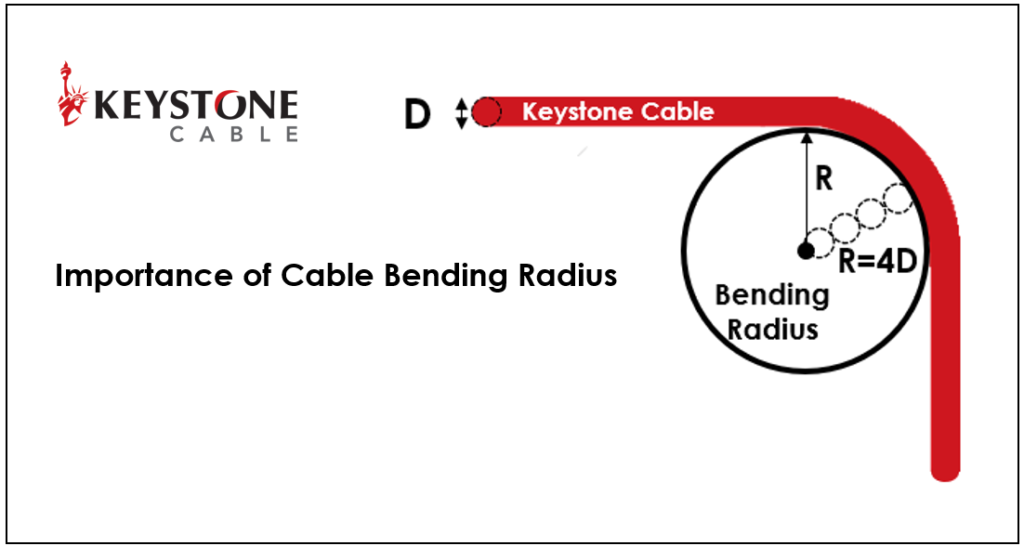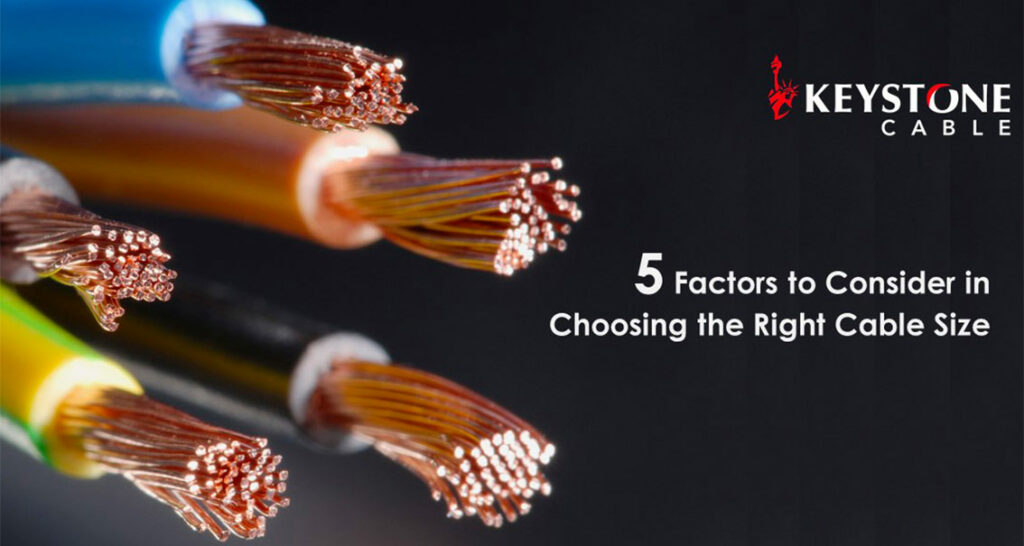In our line of work, we get many good questions on suitable cable sizes. We have distilled here some of the key considerations we recommend looking into to determine the suitable cable size. This article primarily references low-voltage power cables with copper conductors. *TIP: To keep the information handy, we also recommend reaching out to our sales team, who will take you through a step-by-step cable sizing example using Current-Carrying Capacity Method, Voltage Drop Method and how to apply the correction factors described in this article. The guide includes a comprehensive list of cable sizing tables for your calculation references. The guiding principle in choosing the right cable size is how well your cable can carry the required current load in your installation environment without causing excessive voltage drop from your supply voltage. Once you know the load the cable will carry (Ampere), here are some conditions that would affect the ultimate cable size you choose. Going through the considerations below may bring you to different recommended conductor sizes. The key is that the minimum conductor size you select must at least be the minimum allowable cable size that can cover all the conditions you have looked into. With that in mind, here are five questions we would typically ask: 1. Installation Method This is the first thing we look at because how and where the cable will be installed directly affects whether a cable could be overloaded (e.g. in conduit, on cable tray, in free air, grouping, spacing, trefoil, laid flat). Generally, the more enclosed the cables are (e.g. in conduit versus. in free air), the more you may need to use a larger cable size to ensure it can withstand the current and allow proper heat dissipation. 2. Cable Material Cable insulation material (the extruded layer after the conductor) is important in cable sizing because it directly affects your cable’s maximum operating temperature. For your reference, we have placed common insulation materials: PVC, XLPE, and EPR in the guide. In standard cable materials, PVC has a maximum operating temperature of 70˚C, XLPE 90 ˚C and EPR 90 ˚C. You may wonder why, for instance, we would choose PVC vs XLPE, given the lower maximum operating temperature for PVC. This relates to other material properties that work better in your installation environment. For instance, PVC is much more flexible than XLPE and may be a better choice where you would require the cable to bend in tighter spaces. You may also choose between single-core or multi-core cables depending on the installation requirement, which would also affect the current carrying capacity of the cable. A single-core cable would be able to dissipate heat better than a multi-core cable and hence would have a higher current carrying capacity. However, you may still choose the multi-core cable as installing the required conductors at go could be easier. 3. Cable Length We require cable length to assess Voltage Drop, which is the loss of electrical potential along your cable run. In Singapore, we follow the SS638 (formerly known as CP5) wiring regulations, where the voltage drop of a cable run must not exceed 4%. For instance, if a supply voltage is 415V, then the maximum permissible voltage drop cannot exceed 4% of 415V = 16.6V The cable size and length of a cable line mainly determine the voltage drop of a circuit. The smaller the cable size or, the longer the cable length required for your circuit, the greater the voltage loss. If you find that the voltage drop of the circuit has exceeded the 4% stated, you would need to upsize your cable. 4. Ambient Temperature Our tables assume a standard ambient temperature of 30˚C in free air or a ground temperature of 15˚C with a depth of 0.5m. Do note that cable routing and ventilation will directly affect your ambient temperature, so it is important to consider the installation condition along the entire length of the cable laid. If there is a deviation from the standard temperature, you must apply a correction factor to the current load your cable is expected to carry. The higher your ambient temperature from the standard, the larger your cable size may be needed to carry the required load. 5. Number of circuits Our tables assume that you are laying one circuit single-phase or three-phase. If you intend to group circuits in your installation, it is crucial to apply a cable grouping correction factor so that you select the appropriate cable size that would prevent overheating issues. The more circuits you intend to group, the harder the heat dissipation; hence you may need to upsize the cables accordingly. We hope this article has given you a general idea of some key factors to consider when determining the minimum allowable cable size. To reiterate, you may choose the minimum economic size to cover all the conditions you have looked into to ensure the cable does not get overloaded. To help with your cable size estimates, please refer to the free guide below, where we take you through a step-by-step example and include cable sizing tables for your calculations. For more information, please contact us.



